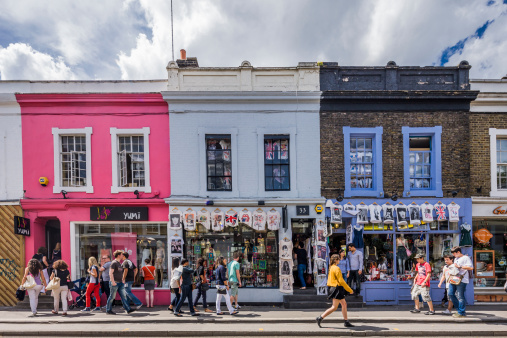
OVER a third of retailers have all-white boards or executive committees and women make up less than 40 per cent of retailers, as revealed by a new report called ‘Tracking Progress on Diversity and Inclusion in UK Retail’.
It was released today (20) by the British Retail Consortium (BRC) and The MBS Group (executive search and leadership advisory firm).
Other key findings include:
Out of more than 200 businesses, the number of women in Chair is just 14, and only 21 businesses have women CEOs or CFOs.
According to the report, “there is still a long way to go until the industry truly reflects the communities it serves”, with women still underrepresented at most top levels, a lack of ethnic diversity on boards and executive committees, and a dearth of black executives in the business.

Helen Dickinson OBE, chief executive of BRC said: “It is time to embed inclusion into the culture of every business. Nearly 80 leading retailers have come together to sign our D&I Charter promising every individual the opportunity to prosper. The will is clearly there but the industry must double down to drive the diversity outcomes we aspire to.
“Diverse businesses are more successful businesses. While retailers are increasingly committed to D&I, this will take time to translate into results. Women are still underrepresented at the most senior levels, ethnic diversity urgently needs addressing, and areas such as social mobility, disability and age are still not sufficiently prioritised in strategies.

Numerous interviews with CEOs, HRDs, and Chairs from all parts of the sector served as the basis for this analysis.
Updates on D&I strategies and efforts since the initial report in 2021 are given, along with information on the diversity of leadership teams.
There is evidence that the pool of middle- and senior-level managers from diverse racial and ethnic backgrounds is growing. According to data from the BRC study, roughly 10 per cent of junior head office employees, 15 per cent of middle managers, and 25 per cent of senior managers come from backgrounds related to racial or ethnic minorities.
Elliott Goldstein, managing partner at The MBS Group, expressed dissatisfaction with the slow pace of action taken to implement diversity and inclusion strategies.

Retailers must put in more effort to reflect the populations they serve, he continued.
This year’s report sheds light on D&I in the retail sector in 2022 with a focus on gender, race and ethnicity, LGBTQ+, disability, social mobility, and age. The report also examines the difficulties merchants encounter when attempting to increase diversity in their clientele.
The biggest difficulty that retailers have is figuring out the subtleties of various ethnic diversity.
For instance, there are few Black leaders yet significant Asian participation in numerous businesses. Another hurdle is geography, particularly for businesses located in areas with a high white population.
Authors of the report stated that “Diversity & Inclusion must be on the Board agenda. Decisions made around the top table can make a lasting impact. Every non-executive Board should not only be diverse – featuring a variety of lived experiences – but should also encourage diversity in the rest of the business”.